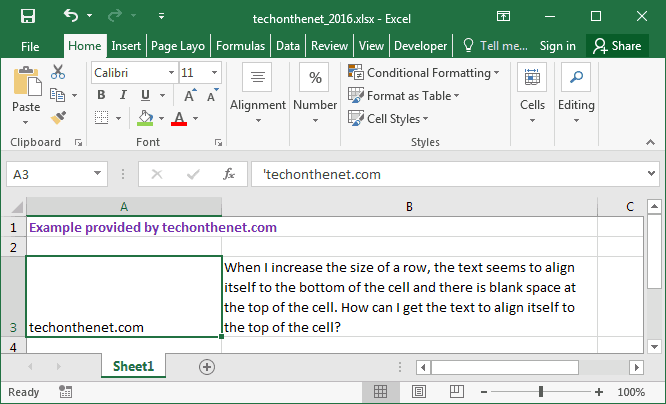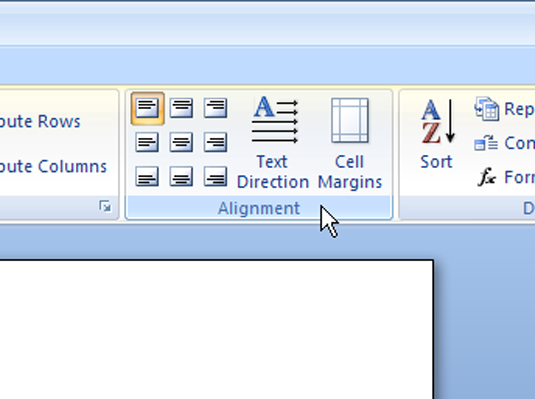


These handles can be used to move the table or resize the entire table size.

In the above example, notice that there are handles on the upper-left and lower-right corners. The first row is typically used to create headers, so they have special formatting to indicate to readers that the information stored in these cells aren't data but headings. In this example, a list of customers is created. (Word's automatic table formatting default settings)Īfter you create table cells, you can add content to them. You can format these cells after it's inserted including width and height of cells. Word automatically sets the table's width to the margins on the page and evenly distributes the width and height of cells. In this example, a table with four columns and three rows is created. In the menu, click the cells that you want to add to the table and Word creates them on the document. You can always add more fields after you've inserted a table, but inserting the number of rows, columns and fields from this menu make it easier to get started when you know the number of cells that you need. The squares indicate the number of fields that you want to add to the table. The table controls in Word are found in the "Insert" ribbon tab. Therefore, if you have large tables, it might be better to use Microsoft Excel instead. Any additional columns will either get cut off or shown on a new page, which makes the document hard to read. Rows that span more than one Word document can span multiple pages, but you are limited to the number of columns by the width of the document. With Excel, you can span several columns and rows, and you can just scroll through them to view data. You can have as many rows and columns as you need, but one limitation of Word is that a table is limited to the height and width of the document. The intercept between a row and a column is called a "field" or a "cell." This is where your data is entered. Excel's spreadsheet layout is the same as the way Word lays out its tables. Rows run horizontally and have numerical labels. If you look at an Excel spreadsheet, you see that columns run vertical with letters for labels.

Table Basicsīefore you create a table, you should understand properties of tables which are universal across all applications. Some elements that copy over from Excel don't format well in Word, so it can be more convenient and easier to create simple tables directly in Word and then format them using Word controls. You can also create tables and copy and paste them to a Word document, but most of the formatting must be done in Excel. Creating tables is usually reserved for Microsoft Excel, but you can work with tables in Word as well.


 0 kommentar(er)
0 kommentar(er)
